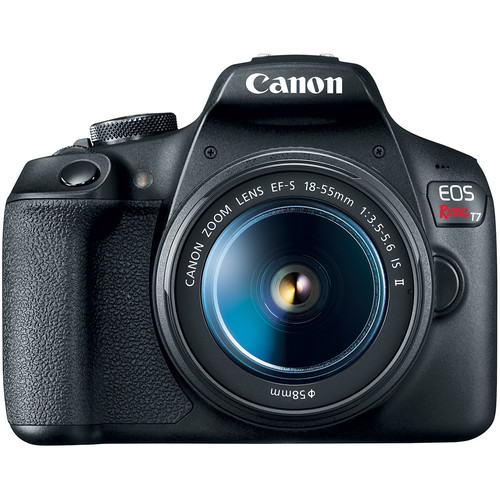I believe that it that it was Arthur C. Clarke who announced through the Third Law that “Any advanced technology is indistinguishable from magic.” You may be thinking you’ve stumbled upon the wrong piece of information, however I’m here to assure that you’re in the right spot. We’re actually going to cover the essential information you must learn about the basics of a DSLR camera. However remember that quote by Sir Clarke in your thoughts since it is a testament to how photographers have come to appreciate the incredible photography capabilities of the modern DSLR camera.
It’s not difficult for us to overlook how fortunate photographers are to be able to take advantage of the ease in digital photo-taking. It’s “magic” compared to the cameras our camera-wearing grandparents used. Nowadays it is true that a DSLR camera isn’t considered to be something that is truly amazing and in certain groups, DSLR cameras are looked at as outdated. Maybe we’re not aware that even the simplest of DSLR cameras are truly exceptional.
Today, we’ll explore the features of is a DSLR camera is, and how it functions to create a photo. We’ll look at what these letters represent and then discuss the features that make the DSLR different from other kinds of cameras. I will not bring any philosophical or metaphysical connections into the conversation.
Well, probably.
What is a DSLR Camera?
The first thing to consider is what is an DSLR? For starters it is important to understand that the letters in the DSLR abbreviation mean “Digital Single Lens Reflex”. It might sound complicated , but it’s really not. In reality when it comes to cameras go, one lens reflex is remarkably simple. Brilliant indeed… however, it’s also simple. All it takes is an innovative system of prisms and mirrors.
When we talk about one lens reflex what we’re discussing is the way in which the camera works to allow the user to take an image with the same light source utilized to create the photograph. It may sound simple to implement, but in reality it’s an engineering obstacle to conquer. The challenge is finding out how to precisely frame the shot using the viewfinder and be in a position to put your image receiver (film or digital) perpendicular to the rear of the lens. There’s another issue, and that’s the issue of ensuring that the image we view through the viewfinder is properly oriented towards our eyes.
This all goes back to the prisms and mirrors that we talked about earlier. I believe this is the true “magic” of a DSLR camera.
Composing the Shot:
A DSLR camera lets us physically view our lens and compose our scene with precision. We are able to know what the camera is viewing. But, as we’ve mentioned it’s much simpler to say than do. In addition, because of the optics principles we don’t have to discuss this article, the image should be rotated to ensure it’s oriented in the correct direction and not as the image that is taken of an image on the ground (focusing screen) of a large-format camera:
The image you view while making a photo through the viewfinder on the DSLR can be attributed to these actions:
- The camera’s light enters through the lens.
- The light bounces up from the mirror (more on this in the future).
- The reflected light hits the condenser or focusing screen, making it visible to the naked eye.
- The projected image on the screen of focusing is both flipped horizontally and vertically as it enters the pentaprism/ pentamirror.
- Then, we can view the corrected image using the viewfinder on the rear of the camera.
Below I’ve traced out the movement of the light by using this cutaway diagram that is handy for one of the Olympus E-30 DSLR I found on Wikipedia.
How awesome is that? Do you realize what was happening as you looked at the viewfinder on your DSLR? Be aware that these instructions only work when using an optical viewfinder. Making compositions with your LCD screen is based on the light hitting the digital sensor of your DSLR.


